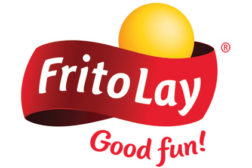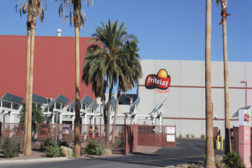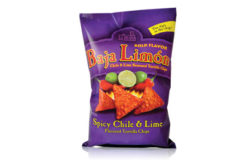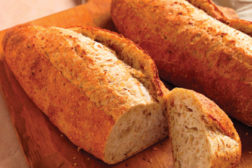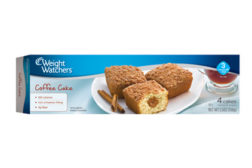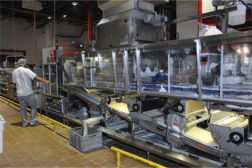Articles by Lauren R. Hartman
‘Green’ Performance with Purpose
Frito-Lay North America’s core snack food production facility in Casa Grande, Ariz., may be the most sustainable food facility in the U.S.
August 13, 2012
State of the Industry Report—July Snacks: Champion Chips
While simple and uncomplicated ingredients are still favored, today’s consumers have sophisticated tastes when it comes to potato chips.
July 16, 2012
State of the Industry - An Overview of the Snack Market
Snacking is really evolving this year, taking on a more important role as a meal substitute in daily eating. For the opening ceremonies, we offer a peek at the many updates in snacks.
July 13, 2012
State of the Industry Overview: Teeing up in the Bakery Market
The bakery market isn’t just putting around. Bakers are listening to consumers and customers, and are developing healthy products, bolstering nutrition, lowering fat, sugar and sodium, and adding more functional ingredients.
June 18, 2012
State of the Industry: Sweet Goods—Caddy Shack of Sweet Goods
In today’s sweet goods market, products face a sand trap of consumers who forego sweet products.
June 18, 2012
Artisan Dough-How with a High-Tech Twist
Take a tour of Hudson Bread’s production facility, near the Big Apple. Among its many features, the 60,000-sq.-ft. plant sports a brand new stress-free production line that’s helping to keep pace with product demand.
May 16, 2012
Keep the info flowing with our eNewsletters!
Get the latest industry updates tailored your way.
JOIN TODAY!Copyright ©2024. All Rights Reserved BNP Media.
Design, CMS, Hosting & Web Development :: ePublishing
